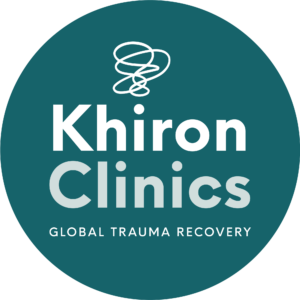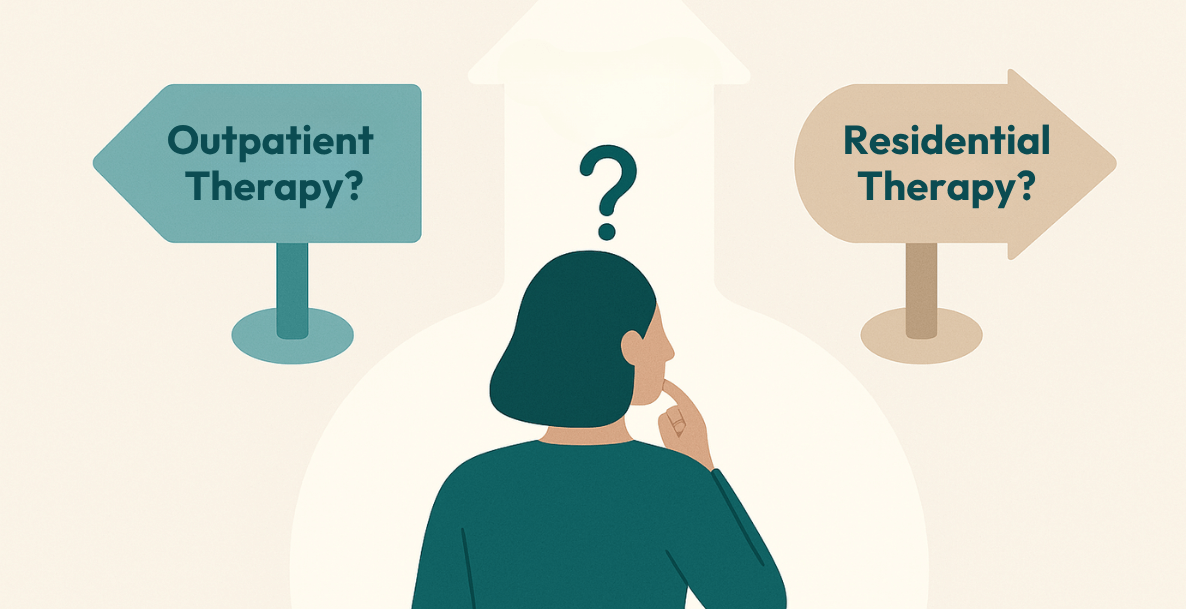Developed by Dr Peter Levine, somatic therapy – sometimes known as somatic experiencing – incorporates the mind, body, and spirit in therapeutic healing. It uses a body-centric approach to reconnect the mind and body to treat various mental health conditions.
There are many benefits of somatic therapy for those struggling with trauma and mental health conditions. Studies have shown that it can effectively treat post-traumatic stress disorder (PTSD), with one study showing that 44% of participants lost the diagnosis of PTSD following treatment.
In this blog, we share five benefits of somatic therapy.
1. Develop Bodily Awareness
Somatic therapy aims to bring awareness to the body and mind. Traditional talk therapy can help people work through mental and emotional issues, but somatic therapy can target deep-seated trauma stored in the nervous system.
Techniques used in somatic therapy include:
- Grounding – This technique encourages clients to anchor themselves in the present moment. Grounding is good for those experiencing anxiety or flashbacks, as it uses physical sensation to reduce symptoms. Techniques include running water over your hands or tensing and relaxing various parts of your body, bringing awareness back to sensation and taking your mind off past events.
- Resourcing and visualisation – When experiencing distressing thoughts or feelings, resourcing and visualisation can help create a safe sensation in your mind and relieve distress. You can do this by visualising a happy place and thinking about times, places, or people that make you feel at peace.
- Body scans – A body scan enables you to take stock of your body and assess the places where you carry tension or feel pain. Find a comfortable position, be it sitting or lying, and bring awareness to your body, starting at your feet and slowly working your way up. This exercise can take up to thirty minutes, as it is essential not to rush. Take stock of everything you physically and emotionally feel, including discomfort or pain.
2. Transform and Release Trauma
Proven to help those with PTSD manage their symptoms, somatic therapy assists many in reconnecting with their bodies.[1] This can be especially difficult for those who have experienced physical trauma, such as domestic or sexual violence.
Somatic therapy aims to transform this dysregulation into regulation by working on the principle that trauma is stored in the body. It brings awareness to how your body responds to triggers and trauma and focuses on how thoughts and reactions can affect it.
By bringing awareness to where trauma is stored in the body, somatic therapy can give people the tools to release it, whether through mindfulness or mindful exercises such as yoga or tai chi.
3. Build the Tools To Improve Yourself
Trauma can hold us back from living full, happy lives. However, somatic therapy can give us the tools we need to improve our mental health and remove the mental, emotional, and physical blocks that prevent us from doing so.
Though somatic experiencing allows us to recognise how our body feels and where our unprocessed emotions lie, it also gives us the tools to process and deal with them. Many somatic exercises, such as grounding and resourcing, can be completed at home or work, so you can utilise them whenever you need to self-soothe after encountering a trigger.
4. Release Tension
One of the aims of somatic experiencing is to help the body release the tension stored due to trauma. Mindful somatic exercises can help with this, bringing awareness to the body and allowing people to pinpoint tense or painful areas.
Those who have experienced trauma in the past may be dealing with emotional dysregulation that can cause tension within the body. Part of this is the freeze response, an alternative to fight or flight, in which someone freezes if they feel threatened.[2] The brain cannot ascertain that they are no longer in a state of danger. As a result, it continues with the freeze response, leading to symptoms including confusion, detachment, and difficulty moving.
This trapped trauma can be effectively treated by somatic experiencing. Treatment works to reset and recondition the nervous system so that it recognises there is no threat.
5. Treat Symptoms Effectively
Somatic therapy is not just for those with PTSD. It can be used to treat a range of conditions, including:
- Anxiety
- Depression
- Chronic pain
- Substance use disorders (SUDs)
As somatic experiencing focuses on bodily sensations and regulating the emotional system, it can teach people better thinking patterns and help to rewire the brain to create a productive balance.
This form of therapy gives people a greater awareness of their internal experiences, including sensation and emotion.[3] By combining a top-down approach with bottom-up methods, people can better understand how their body processes trauma and how they can release it.
Conclusion
Somatic therapy has many proven benefits for those struggling with mental health conditions such as PTSD, anxiety, and depression. Bringing awareness back to the body and reconditioning it to release the trauma stored deep within the nervous system can improve many symptoms of mental health disorders.
If you have a client or know of someone struggling to heal from trauma, reach out to us at Khiron Clinics. We believe that we can improve therapeutic outcomes and avoid misdiagnosis by providing an effective residential program and outpatient therapies addressing underlying psychological trauma. Allow us to help you find the path to realistic, long-lasting recovery. For more information, call us today. UK: 020 3811 2575 (24 hours). USA: (866) 801 6184 (24 hours).
Sources:
[1] Brom, Danny et al. “Somatic Experiencing for Posttraumatic Stress Disorder: A Randomized Controlled Outcome Study.” Journal of traumatic stress vol. 30,3 (2017): 304-312. doi:10.1002/jts.22189
[2] Schmidt, Norman B. et al. “Exploring Human Freeze Responses To A Threat Stressor”. Journal Of Behavior Therapy And Experimental Psychiatry, vol 39, no. 3, 2008, pp. 292-304. Elsevier BV, doi:10.1016/j.jbtep.2007.08.002. Accessed 23 Nov 2021.
[3] Payne P, Levine PA, Crane-Godreau MA. Somatic experiencing: using interoception and proprioception as core elements of trauma therapy. Frontiers in Psychology. 2015;6. https://doi.org/10.3389/fpsyg.2015.00093






